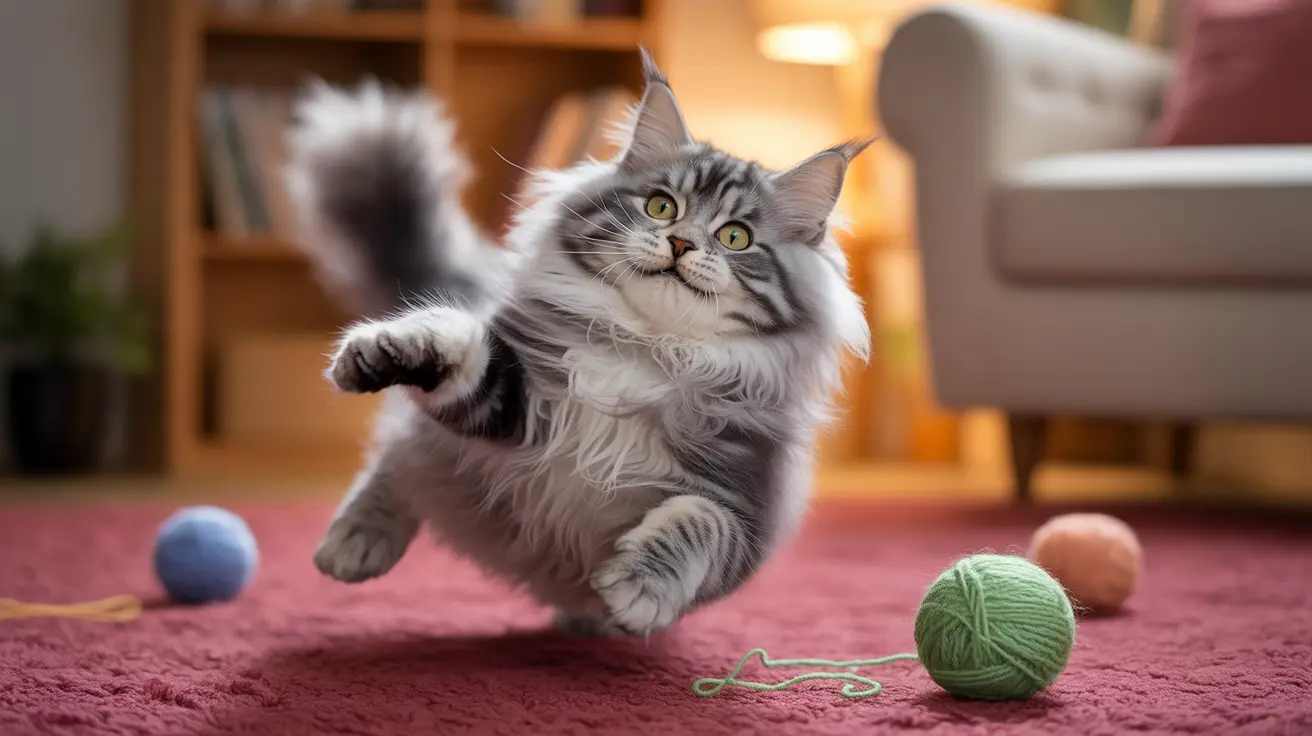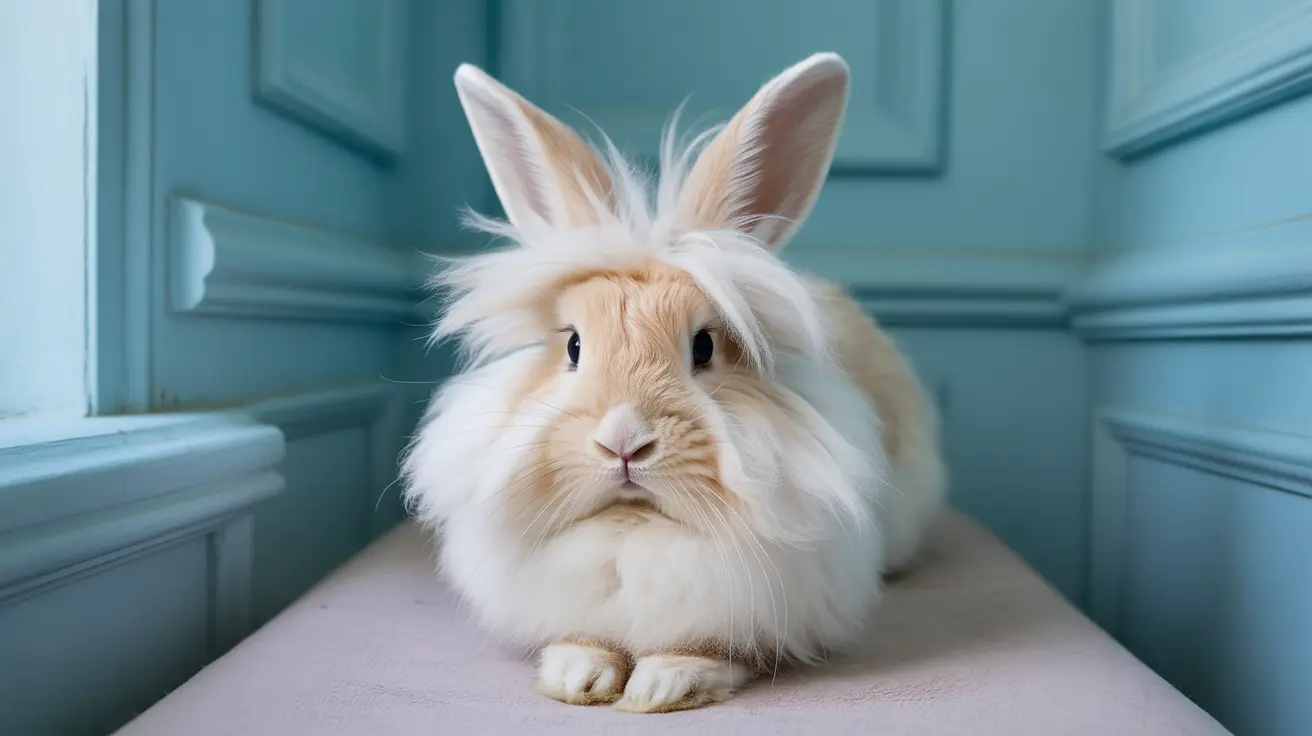If you've ever watched your cat prepare for a nap, you've likely noticed their peculiar habit of spinning or circling before settling down. This seemingly quirky behavior isn't just a random dance – it's actually a fascinating instinctual ritual that dates back to their wild ancestors. Let's explore why cats perform this intriguing pre-sleep routine and what it reveals about their natural instincts.
Understanding this behavior can help cat owners better appreciate their pets' natural instincts and recognize when these actions might signal potential health concerns. From survival tactics to comfort-seeking behaviors, the reasons behind this common feline habit are both practical and fascinating.
The Evolutionary Purpose Behind Cat Spinning
Cats' spinning behavior before lying down is deeply rooted in their evolutionary history. Wild cats would circle their chosen sleeping spot to check for potential threats and ensure their safety during vulnerable resting periods. This instinctive behavior allowed them to:
- Survey their surroundings for predators
- Check wind direction for detecting approaching threats
- Assess the safety of their chosen sleeping location
Creating the Perfect Resting Spot
When cats spin before lying down, they're actually preparing their sleeping area. This behavior serves multiple practical purposes:
Physical Preparation of the Space
In the wild, circling helps cats:
- Flatten vegetation or bedding material
- Clear away debris and uncomfortable objects
- Create a shallow depression for better insulation
Temperature Regulation
The spinning motion helps cats optimize their sleeping spot for temperature control by:
- Exposing cooler earth in hot weather
- Creating a warm nest in cold conditions
- Arranging bedding materials for optimal insulation
Marking Territory and Creating Security
Cats have scent glands in their paw pads that release pheromones when they walk. The spinning behavior allows them to:
- Mark their territory with their unique scent
- Create a familiar, comfortable environment
- Establish a sense of security in their sleeping area
Health and Comfort Considerations
While spinning before lying down is typically normal behavior, it's important to monitor its frequency and nature. Changes in this behavior might indicate:
- Joint pain or arthritis, especially in older cats
- Anxiety or stress
- Physical discomfort or injury
- Neurological issues
Frequently Asked Questions
Why do cats walk in circles before lying down and what does this behavior mean?
Cats circle before lying down as an instinctive behavior inherited from their wild ancestors. This action helps them check for threats, prepare their sleeping area, and mark their territory with scent glands in their paws.
How does circling before sleep help cats stay safe and comfortable?
Circling allows cats to survey their surroundings, check for potential dangers, and create a comfortable sleeping spot by flattening the area and removing debris. It also helps them position themselves optimally relative to wind direction for detecting threats.
Is it normal for cats to spin before settling down, or could it indicate a health problem?
Spinning before lying down is completely normal behavior for cats. However, if the spinning becomes excessive, appears labored, or is accompanied by signs of discomfort, it could indicate underlying health issues that require veterinary attention.
Do cats circle before lying down to mark their territory or prepare their sleeping area?
Yes, cats do both. The spinning behavior serves dual purposes: marking territory through scent glands in their paws and physically preparing the sleeping area for comfort and safety.
How can I tell if my cat's circling before lying down is excessive or a sign of discomfort?
Watch for signs like difficulty settling, excessive repetition, vocalization during spinning, or visible discomfort. If your cat seems unable to get comfortable or shows signs of pain, consult your veterinarian.
Conclusion
Your cat's spinning ritual before lying down is a fascinating blend of instinct, practical behavior, and comfort-seeking. While this behavior is perfectly normal, being aware of changes in your cat's pre-sleep routine can help you monitor their health and well-being. Understanding these natural behaviors helps us better care for our feline friends while appreciating the remarkable instincts they've retained from their wild ancestors.






